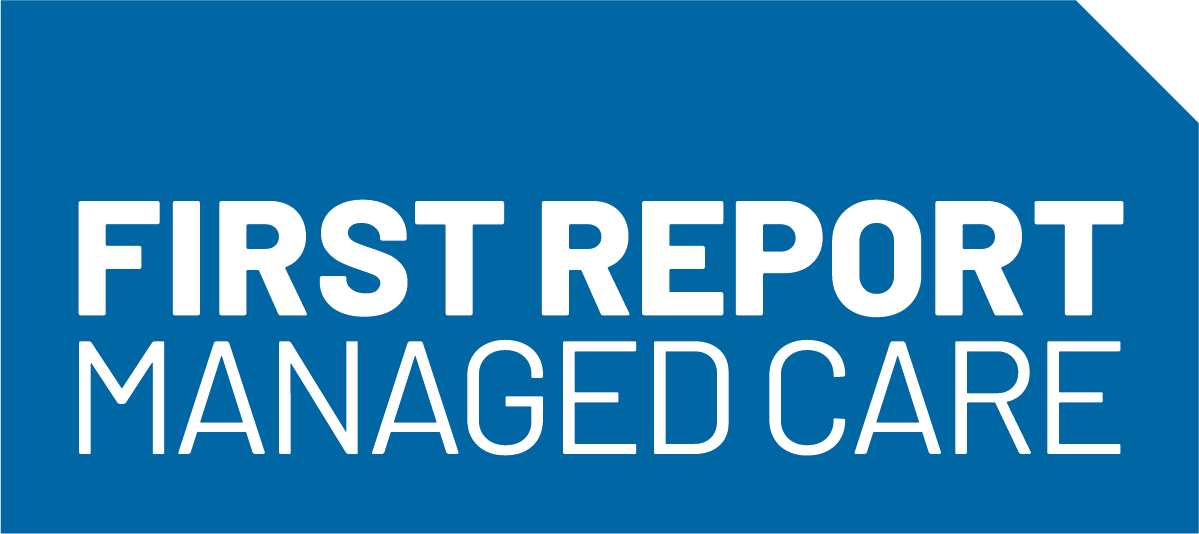Bridging the Gap: Policy, Equity, and Access in Urological Health
Please introduce yourself by stating your name, title, and relevant experience.
Mica Phillips, executive vice president at Aeroflow Urology. I have over 10 years of experience in helping patients navigate the complex insurance landscape to obtain essential medical supplies. Insurance is inherently complicated, and we pride ourselves on simplifying things in a way that benefits medical providers, insurance companies, and patients.
 What are the most significant barriers minority populations face in accessing urological care and incontinence supplies?
What are the most significant barriers minority populations face in accessing urological care and incontinence supplies?
Economic Barriers
Many of our patients struggle to afford care due to financial strain or lack of insurance coverage. Cost is one of the biggest reasons people delay or avoid seeking care altogether. We work with Medicaid and many other managed care plans to help reduce this burden, but the financial challenges many of our patients face can’t be ignored.
Higher poverty rates among minority groups in particular make it harder to afford care and supplies.
Cultural Barriers
In some communities, incontinence is seen as something shameful, which prevents open conversations and proper care. Language barriers can also make it hard for patients to understand their insurance coverage options or feel comfortable asking for help.
Health Care Barriers
Access to care is another major issue. Many of our patients live in rural or underserved areas where health care providers and other resources are limited, making it harder to get the supplies and support they need. On top of that, historical mistreatment of minority groups in medical settings has created a deep mistrust of the health care system.
What gaps remain in Medicaid coverage for urological health, and what policy changes could help close those gaps?
The largest gap that exists in Medicaid coverage for incontinence care is that, by and large, only Medicaid and managed care plans typically cover incontinence supplies as a medical supplies benefit. A substantial number of patients—including millions of retirement-aged individuals on Medicare, as well as those with employer-sponsored or other commercial insurance plans—require these essential products but lack coverage options through their current insurance.
How does Medicaid expansion directly impact access to incontinence supplies and treatment for minority populations?
Policies, like Medicaid expansion under the Affordable Care Act (ACA), have minimized the health coverage gap minority groups face. These policies have also improved health outcomes for those in minority groups. As of now, 41 states, including Washington DC, have expanded Medicaid, making health care more affordable and accessible for individuals with disabilities and incontinence.
The continuation of Medicaid expansion is critical for improving health care for minority groups and especially those with disabilities and incontinence. We need to encourage health care systems, policymakers, and providers—especially those in underserved communities—to prioritize access to incontinence care and resources for those with disabilities.
What are the long-term health care costs associated with delayed or inadequate incontinence care, and how can better access reduce these burdens?
The biggest benefit of having an insurance-based framework for coverage of incontinence supplies is that it encourages proper frequency of changing products. Patients who use incontinence products with inadequate absorbency, or do not change their products often enough, are at elevated risk of urinary tract infections, dermatitis, pressure ulcers, and other complications. These are conditions that carry a significantly higher cost to manage properly and can have other serious complications. Patients who are forced to pay out of pocket for incontinence supplies are more likely to barely get by with what they can afford, particularly for those on a fixed income.
How can policymakers, health care providers, and advocacy groups work together to ensure that incontinence care is recognized as a critical health need, particularly for underserved populations?
Patients managing incontinence often experience additional comorbid conditions. While incontinence products seem simple to the untrained eye and are available over the counter, there is considerable nuance that goes into helping a patient size themselves correctly, change their products with the right frequency, and stay connected with their physician to help document any changes in their condition that require intervention. An insurance-based model of coverage supports patients by enabling better product management and coordination with health care providers. Medical supply providers can help ensure the patient is compliant with annual visits with their physician and help take one more thing off the patient’s plate with regards to ensuring they keep their supplies stocked to meet the patient’s needs. While it is wonderful that some of our most vulnerable citizens are provided this benefit through Medicaid and managed care plans, it would provide an enormous public health benefit to broaden this coverage to other types of insurance such as Medicare and private insurance plans.
© 2025 HMP Global. All Rights Reserved.
Any views and opinions expressed are those of the author(s) and/or participants and do not necessarily reflect the views, policy, or position of First Report Managed Care or HMP Global, their employees, and affiliates.













